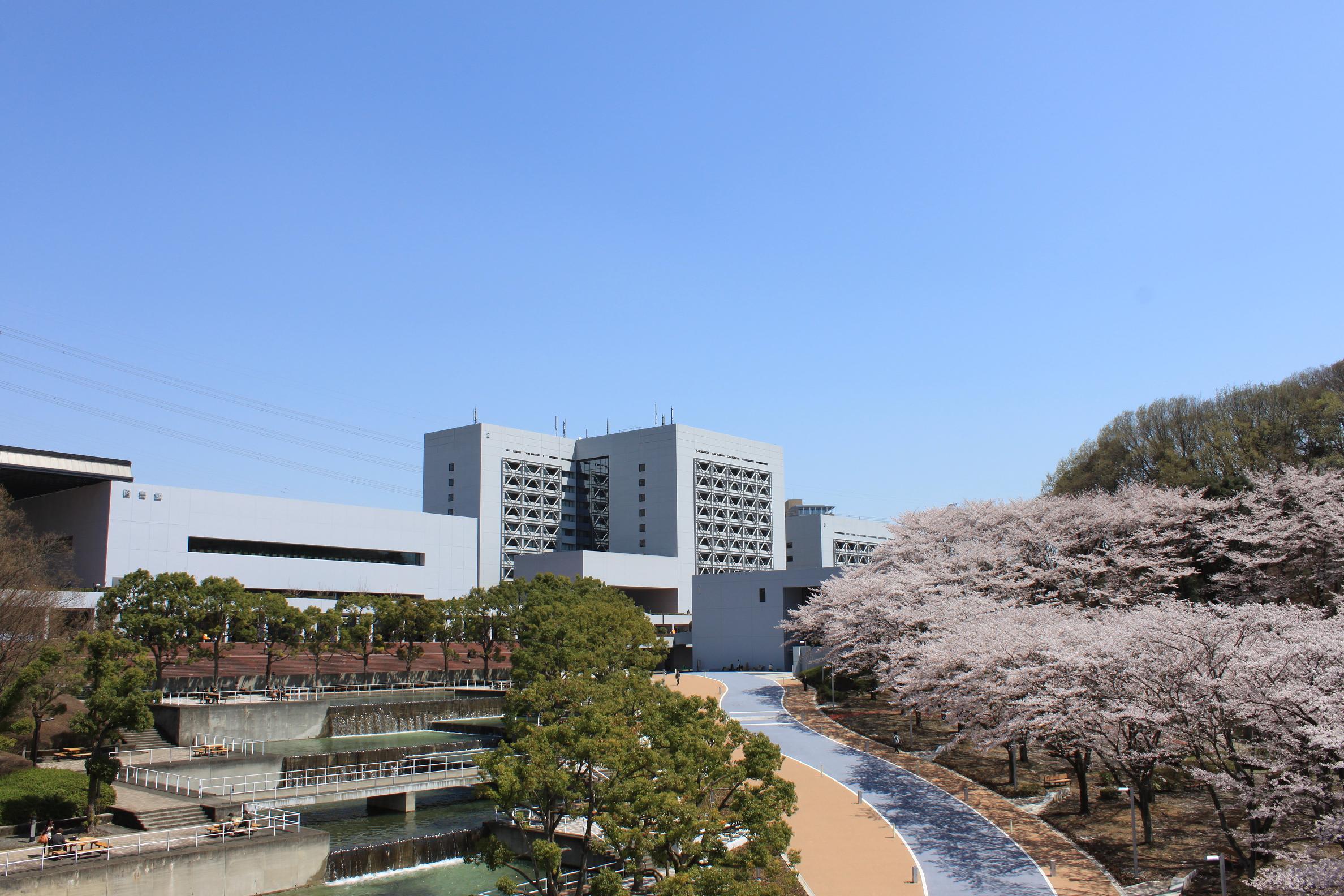The New Energy and Industrial Technology Development Organization (NEDO) and Chuo University, which are working on "development of core technology for next-generation artificial intelligence and robots," have used the stretch crystallization characteristics of rubber used for artificial muscles to prevent the spread of cracks. , Succeeded in extending the life of artificial muscles up to 100 times.
One of the drive devices used in the body-worn assist device is "axial fiber reinforced artificial muscle".This is a structure in which reinforcing fibers aligned in the axial direction are inserted into a rubber tube, and when air pressure is applied, it expands in the radial direction and contracts in the axial direction.In addition, it is lightweight and flexible, and has better contraction characteristics than general artificial muscles.However, the disadvantage is that it is deformed so much that it is prone to cracks due to deterioration of the rubber and has a short life.
When strain is generated in rubber due to external stress, the weakest part of the molecular chain of rubber is cut when a certain stress is reached, a large load is applied to the adjacent molecular chain, and the next molecular chain is cut.By repeating this, the crack spreads and finally breaks.However, by utilizing the stretch crystallization property of rubber, the crystal layer formed by stretching can prevent the spread of cracks and extend the life of the rubber material.
In the experiment, the formation of a crystal layer was observed with the rubber stretched more than 3 to 4 times its original length.Therefore, the research group controlled the artificial muscle so that the rubber was always stretched to a certain extent or more in order to maintain the crystal layer.Conventionally, it breaks when the number of expansion and contraction is hundreds to thousands.The target was 1 times that the wearer can operate for 5 hours a day and can be used for about a year, but the developed control method has made it possible to expand and contract more than 1 times.
This makes it possible to realize assist devices that are lightweight, have high output, and are highly safe, and have a wide range of applications due to the high degree of freedom in shape.In the future, it aims to apply it to variable viscoelastic lower limb assist orthotic devices.

